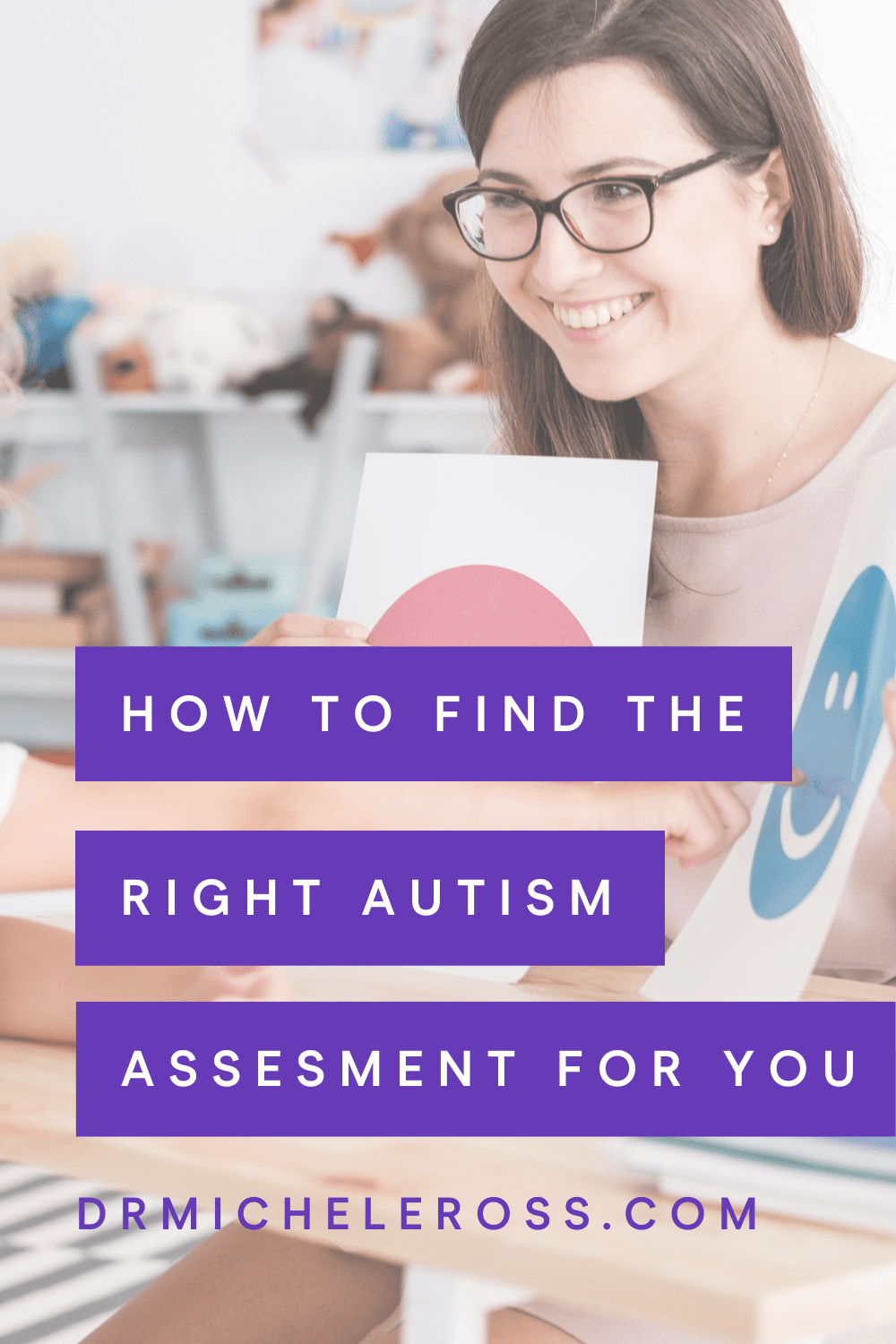
Autism spectrum disorder (ASD) is a complex neurodevelopmental disorder that can present a range of challenges. While early diagnosis and intervention are crucial for maximizing a child’s potential and outcomes, it can be a complex and involved process. There is no one “right” autism assessment for everyone. The type of assessment that is right for you or your child will depend on a number of factors, including your age, your symptoms, and your family history.
The most important thing is to find an experienced and qualified professional who can provide you with an accurate diagnosis using one or more scientifically proven autism assessments as a tool. Once you have received an autism diagnosis, you can then begin to seek out the autism treatments and autism support that will be most effective for you and your family.
Autism Assessments: Which One Is Right For You?
There are a number of different ways to assess for ASD. The most common method is through behavioral observation. However, there are also a number of standardized, evidence-based assessments available.
Follow the infographic below to learn about the different kinds of assessments for autism spectrum disorder in both children and adults. The infographic has been prepared by Western Psychological Services (WPS), a company whose assessments are being used internationally by professionals to evaluate, diagnose, and treat people in need for over 65 years.
If you click on the autism assessment infographic below it will take you to their page where it will dive into each assessment in more detail.

AFTER YOU READ IT!

What Are The Most Commonly Used Autism Assessments?
The most commonly used autism assessments are the Autism Diagnostic Interview-Revised (ADI-R) and the Autism Diagnostic Observation Schedule-Generic (ADOS-G). Both of these assessments have strong research support and are considered to be the gold standard autism assessments.
Other autism assessments include the Autism Spectrum Rating Scale (ASRS), the Childhood Autism Rating Scale (CARS), and the Gilliam Autism Rating Scale (GARS). Each of these assessments has its own pros and cons, so it is important to select the assessment that is best suited for the individual being assessed.
Which Autism Assessment Is Best For Clinicians To Use?
There is no one-size-fits-all answer to this question, as the best autism assessment for clinicians to use will vary depending on the individual clinician’s needs and preferences. However, there are a few things to keep in mind when choosing an autism assessment tool.
First, it is important to choose an assessment that has been validated by research. This means that the assessment has been shown to be reliable and accurate in diagnosing autism. Second, it is important to choose an assessment that is appropriate for the individual’s age and level of functioning. Each patient is different, so it likely may make sense to have several autism assessments in your toolkit to use with families as appropriate. Finally, it is important to choose an assessment that is compatible with the clinician’s theoretical orientation and treatment approach.
Pin This Post





